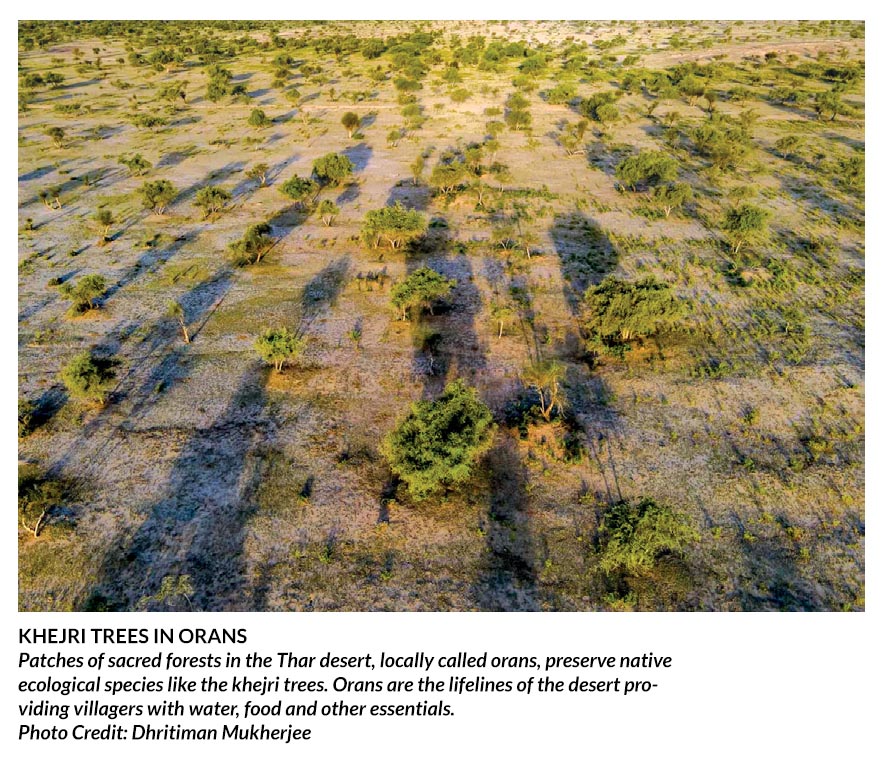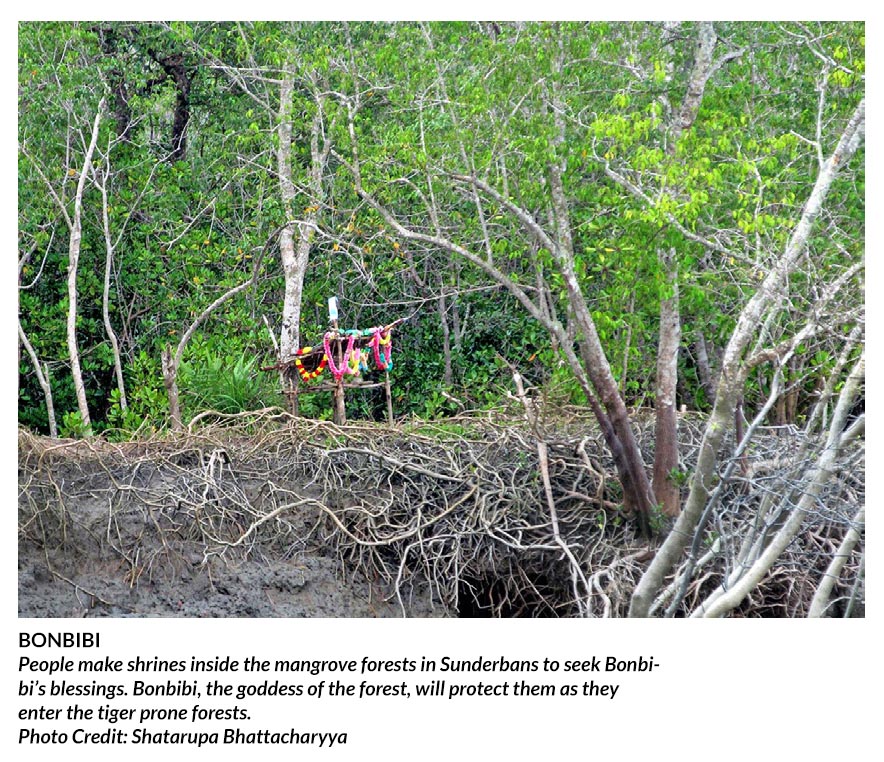| traditional practices
TOWARDS AN INDI(A)GENE
RE-IMAGINING INDIA’S DESIGN PHILOSOPHY
Naeema Ali
LA 74
|
| The article visits some of the less documented traditional practices of nature conservation and eco-friendly lifestyles, belonging to different rural geographies in the Indian subcontinent. It also points out the possibility of adapting these practices within the current urban scenario of India to achieve climate resilience.
|
|
 |
|
Time and again, redundant monuments built under civilizations that were extinct ages ago, give a human face to Indian architecture. We often neglect age-old design interventions and engineering feats still functioning in remote places within the subcontinent. Although the built environment in early civilizations as well as today’s cities fundamentally control nature, the traditional systems do this in a more sustainable manner with minimal impact on their surroundings. While the global community is searching for ways to realize the climate ambitions for the millennium, traditional Indian communities have already established an accumulative body of knowledge, practices, skills and beliefs that bring to life concepts like “zero emissions”, “low carbon” and “sustainable living”, way before these terms became en vogue. Tested from time to time and passed down from generation to generation they conjure an image of the Indian design philosophy largely shaped by topographical features, surrounding landscapes, climate and other natural values. This gave rise to multiple cultures, be it in terms of the food they eat, the clothes they wear, the materials they build their houses with or the festivals they celebrate.
|
|


|
|

|
|
|
|
|